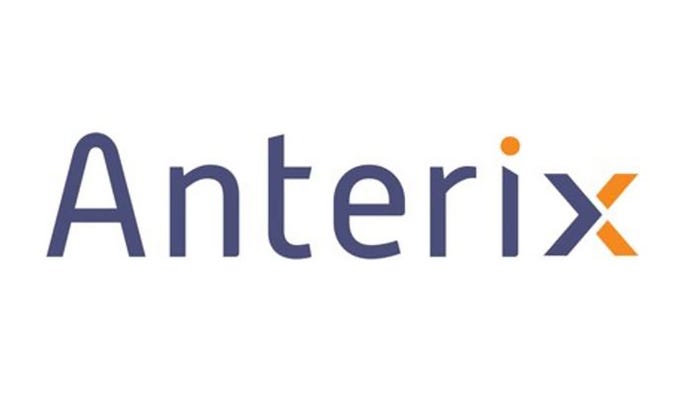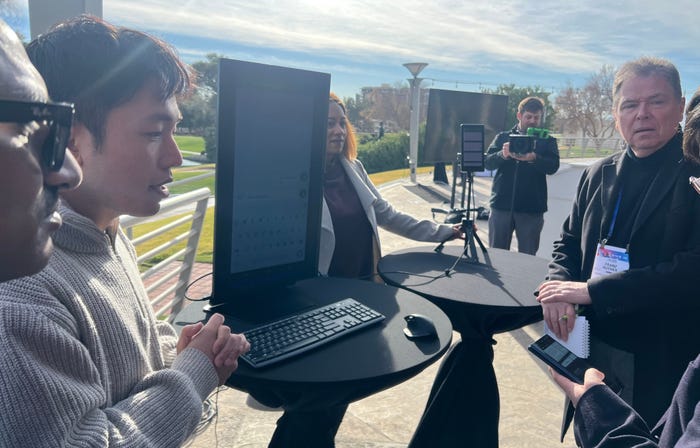California aims to complete NG911 migration statewide by December 2024California aims to complete NG911 migration statewide by December 2024

All public-safety answering point (PSAPs) in the state of California will complete the transition from legacy 911 technology to an IP-based next-generation 911 (NG911) platform by the end of next year, if the new target schedule for the migration is realized.
Paul Troxel, 911 branch manager for the California Governor’s Office of Emergency Services (Cal OES), said that 19 of the state’s 441 PSAPs “are either taking live traffic or direct-to-NG911 transfers today, with a plan to get a few more by the end of this year,” with each of the four regions in the state boasting some NG911 PSAPs.
But the number of 911 centers in California that transition to NG911 is expected to explode next year, as PSAPs are expected to have the necessary customer provided equipment (CPE) within the next couple of months. This should set the stage for operational-readiness testing and a completed NG911 transitions throughout the state by December 2024, according to Troxel.
“We have to do what’s called pre-migration testing,” Troxel said during a meeting last Thursday of the California State 911 Advisory Board. “Now, when the CPE is ready, we have to focus on getting the network ready.
“With our network design, we’ve got a region provider and a prime provider, with failover capabilities. So, in pre-migration, we want to test that failover [functionality]. We want to test that alternate route a few times.”
Troxel said that state officials will conduct tests to ensure that call-transfer functionality—a key feature of NG911—works properly with the “5 to 10” most common transfers with other PSAPs. In addition, each PSAP will be instructed how it can test the capability with 911 centers that typically require fewer transfers, he said.
Cal OES hopes that PSAPs can made the transition to NG911 operation about a month after completing the pre-migration process, Troxel said.
Under a deployment timetable provided to the state 911 advisory board, Cal OES plans to have pre-migration testing start in February and conclude in November 2024, while PSAP transitions to NG911—featuring the elimination of selective routers, which are a staple of legacy 911 systems–are slated to begin in March and finish in December 2024.
This schedule was listed as “optimistic” on a slide displayed to the advisory board, but Troxel indicated that he believes the massive undertaking could be finished sooner than projected.
“We hope to be able to speed some of that up,” Troxel said. “Hopefully, we’ll get through some of these PSAPs with the pre-migration testing and be able to carriers in place to be able to migrate faster, so we can get a little closer to a completion date of November.”
California PSAPs will see a significant shift in functionality when the transition from legacy 911 technology—a system that was founded in the late 1960s—to IP-based NG911 platforms that can support multimedia like text, photo and video communications natively.
Troxel offered the following analogy.
“In your PSAP, you have new telephone equipment today that is maybe 3 years old or 5 years old, but it’s newer,” Troxel said. In reality, what’s sitting behind it is 40 or 50 years old. The GUI [graphical user interface] is new; the technology is not.
“What we’re doing is we’re taking that old rotary-dial telephone and moving that aside, and we’re bringing you a new Apple or Android smartphone—with the newest operating system—that’s going to give you so much more capability. That’s what this plan is about.”
Of course, at the heart of all 911 systems are people—telecommunicators, dispatchers, directors and others who work to process emergency calls for help efficiently, so first responders can arrive to the scene as quickly as possible. But many of these people have been worried that they could be overwhelmed by a tsunami of data coming from multimedia and IoT sources. Troxel said Cal OES is working to address this via online “town hall” meetings and frequently-asked-questions (FAQ) resources in an attempt to reduce anxieties about the NG911 migration.
“We’ve heard it for years: [the claim that] ‘When I answer a next-gen 911 call, I’m getting pictures, video, sound and everything else.’ That’s not true,” Troxel said.
“We want to give out the facts and give the folks the information they need for them to be successful, reduce stress and help this project be successful.”
How the NG911 migration is executed in California is being monitored closely by officials throughout the U.S. While various aspects of NG911 have been implemented in California and other states, some officials claim that no PSAPs currently meet the full NG911 standard. Even where NG911 is claimed to be completed, it has been done on a patchwork basis, often in relative isolation.
In contrast, California is attempting to make a full NG911 transition at a significant scale—something that both 911 administrators and policy leaders have wanted to see executed successfully before investing significant financial and human resources into the effort.





